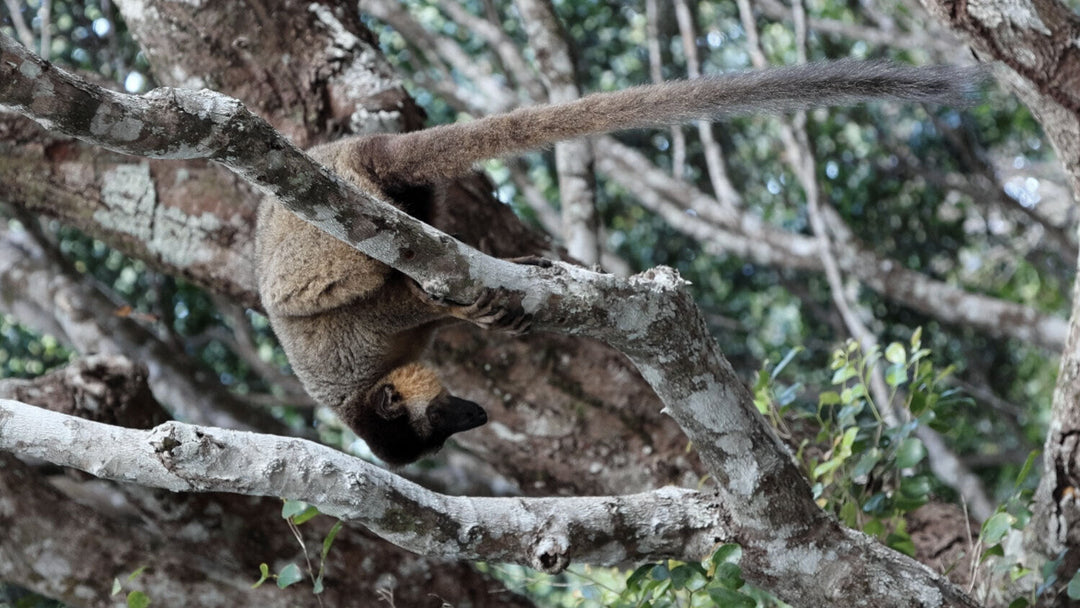32 species caught on camera in Dalby Forest during lockdown
Back in February this year we started a survey of Dalby Forest using camera traps covering the whole forest, little did we know at the time that we were about to go into lockdown, and so a survey that was planned for three months ended up lasting six months.
Using 28 Browning Recon Force camera traps – roughly one camera per square kilometre – this survey generated 2,132 species records, gathering information on 32 different species. In this blog we share our findings from this survey along with some of our favourite video clips.
This survey was run as part of the Yorkshire Pine Marten Support Programme, where our main aim is to search for evidence of pine martens in Yorkshire. Pine martens have proven very elusive throughout this project, with our last confirmed video record now in 2017. However, an additional benefit of our camera trap work in Yorkshire is that we’re able to gather records and information on all the species that pass by our camera traps. We’ve recorded over 50 different species in the past two years, creating close to 15,000 species records so far, thanks to our brilliant group of volunteers.
Most common species
Roe deer were by far the most recorded species in our lockdown survey, accounting for 55% of records generated, followed by blackbirds (9% of records), foxes (7%), song thrush (6%) and badgers (5%). Note that we don’t record grey squirrels and mice due to their high abundance (accounting for about 90% of all video clips!), although we can confirm that grey squirrels appeared at every camera site and mice appeared at 17 of the 28 sites.

Marvellous mammals
15 mammal species were recorded, including three from the mustelid family (badger, stoat and weasel) but unfortunately no pine martens. The video below highlights some of our favourite mammal videos from the survey, including a visit from a badger family.
Flying visits
19 bird species were recorded, including three birds of prey: goshawk, sparrowhawk and common buzzard. Elusive woodcocks made a good appearance, including a family of 4, as you’ll see in the video below.
32 species visited our cameras during this survey, giving us a snapshot of life on the forest floor.
Who visited and how many times?
|
Mammal Species
|
No. of Records
|
|
Roe deer
|
1163
|
|
Red fox
|
151
|
|
Badger
|
101
|
|
Rabbit
|
14
|
|
Brown hare
|
13
|
|
Stoat
|
6
|
|
Bank vole
|
2
|
|
Shrew (common)
|
2
|
|
Weasel
|
2
|
|
Fallow deer
|
2
|
|
Bat sp.
|
1
|
| Grey squirrel | Present at 28 of 28 sites |
| Mouse sp. | Present at 17 of 28 sites |
| Total ecological records | 1502 |
|
Bird Species
|
No. of Records
|
|
Blackbird
|
194
|
|
Song thrush
|
126
|
|
Wood pigeon
|
93
|
|
Robin
|
83
|
|
Pheasant (common)
|
24
|
|
Jay
|
23
|
|
Woodcock
|
18
|
|
Chaffinch
|
13
|
|
Tawny owl
|
13
|
|
Great spotted woodpecker
|
10
|
|
Coal tit
|
8
|
|
Buzzard (common)
|
7
|
|
Wren
|
5
|
|
Goshawk
|
4
|
|
Sparrowhawk
|
3
|
|
Treecreeper
|
3
|
|
Bullfinch
|
1
|
|
Redstart (common)
|
1
|
|
Red-legged partridge
|
1
|
|
Total ecological records
|
630
|
A bit more detail on our camera survey method used here…
- Camera sites were selected based on even coverage throughout the forest and were un-baited to begin with and then baited with eggs and marten lure for the final 4 weeks.
- Cameras were set to 20-second video mode. A 5-minute delay was set between captures and the repeat appearance of one species on camera within a 30-minute window was not rerecorded, so to reduce the effect of recounting the same individual animal.
- Mice and grey squirrels were recorded only once per camera site to simply confirm their presence or absence at the site: these two species combined account for approximately 90% of all captured footage. Grey squirrels appeared at all sites, mice were recorded at 17 of the 28 sites (note: we record mice only to family level due to challenge of confidently identifying small mammals from night-time footage).


